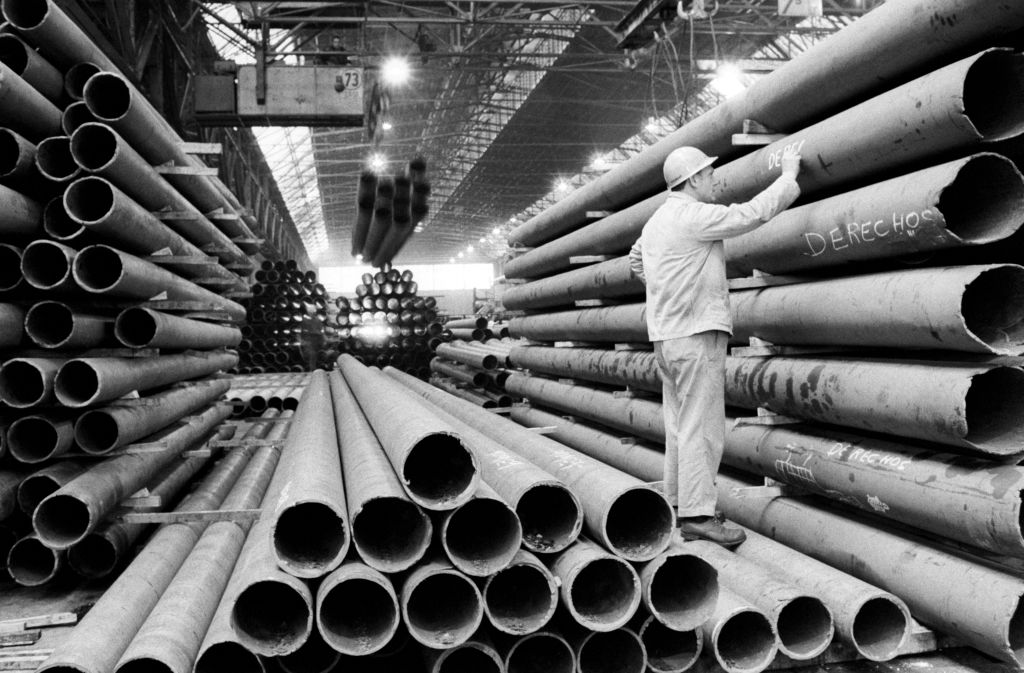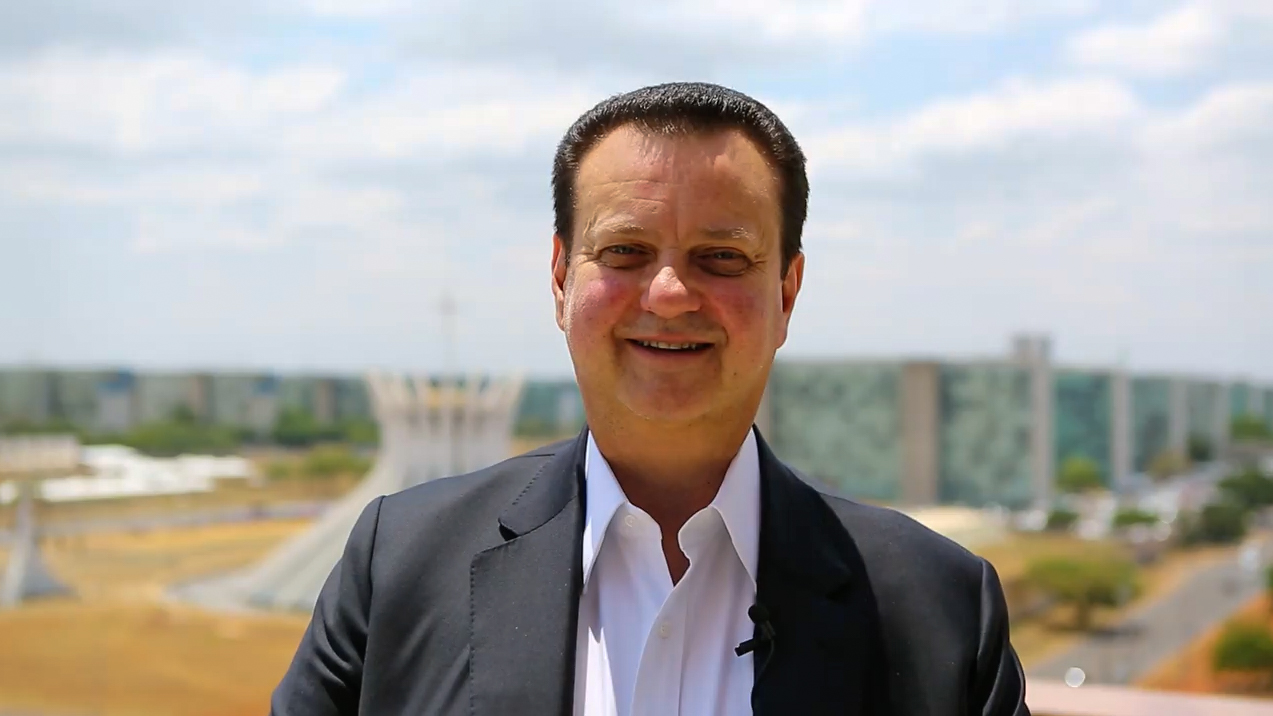Latin American Equities: Another Nasdaq-Style Bubble or a Long-Term Bull Market?
Latin American Equities: Another Nasdaq-Style Bubble or a Long-Term Bull Market?
Global Head of Equities at Grupo Santander Dario Lizzano believes 2007 will mark a fifth consecutive year of positive returns for regional equities and outperformance over both emerging and developed markets. Improvements in the region’s economic position are linked to both domestic and external factors.
In an era where the return on the Morgan Stanley Capital International (MSCI) Latin America is up 440 percent in four years and valuation ratios are at historical highs, questioning whether these numbers will continue is certainly legitimate. But I would have to emphatically respond: "There is no bubble." In fact, the Latin American equity market is in the middle (not at the end) of a secular (not cyclical) multi-year rally that is based on unprecedented improvement in macroeconomic and corporate fundamentals, a supportive global environment, and an historical under-representation of regional equities in global and Latin American-based portfolios. With this backdrop, I believe 2007 will mark a fifth consecutive year of positive annual returns for regional equities and outperformance over both emerging and developed markets as a whole.
On the external side, the global backdrop remains benign, if not supportive. Recall that in 2006, fluctuating expectations over U.S. monetary policy were the primary source of volatility for global markets—and several bouts of short-term weakness for regional equities. Looking ahead to 2007, this does not seem to be the most likely scenario, as the Federal Open Market Committee (FOMC) is likely to remain in "pause-mode" until at least the second half of the year with economic activity accelerating on the margin. Overall, the outlook on this front is significantly more transparent than it was one year ago, which makes for a much more stable market.
Domestically, one cannot ignore strong and steady economic growth (we estimate 4.5 percent for 2007), surpluses in both the current and primary fiscal accounts, and a surge in international reserve levels. Not only that, but countries and corporations are also in the middle of an unprecedented de-leveraging. Therefore, the subsequent decline in the region’s perceived risk has triggered strong reductions in interest rates and country risk. In addition, the round of elections that took place in the latter half of 2005 and 2006 (12 in total) has generated a sense of "predictability" in many countries throughout the region.
Looking back at what was a tremendously busy election period for the region in 2005/2006, we can confirm that the "shift to populism" never materialized within our investment universe (Argentina, Brazil, Chile, Colombia, Mexico, and Peru). Those economies should experience a continuation of current sound economic policy, which should have positive economic consequences such as increased foreign direct investment (FDI) and portfolio flows to the region.
A byproduct of this improvement is that ratings upgrades are expected to continue in 2007, particularly for Colombia, Peru, and Brazil—the last of which we expect to hit investment grade status by 2009.
Corporate developments have been equally remarkable. In recent years management in regional companies has strongly deleveraged balance sheets, delivering remarkably lower earnings volatility and, again, better "predictability." Indeed, we expect the overall ratio of net debt to Earnings Before Interest, Taxes, Depreciation and Amortization (EBITDA) for Latin American companies to fall to 0.6 times in 2007—a steep decline from 1.6 times in 2002. Meanwhile, a combination of prudent and more rigorous management—among other factors due to the privatization of the 1990s and a better pricing environment—has remarkably improved corporate profitability. In fact, we expect the total return on invested capital for the region to hit a historical high of 21 percent in 2007—again, a dramatic improvement over the 13 percent anticipated only four years ago. Most importantly, corporate earnings continue to grow. For 2007, our analysts expect a 15 percent expansion in net income; however, I am very confident of significant upward revisions in the next few months, bringing total growth to the 20 to 25 percent range.
An equally important—but often overlooked—pillar to another positive year for Latin American equities is the outstanding demand that remains for this asset class. However, I would divide "demand" into two categories: overall risk appetite and real money. In terms of risk appetite, a combination of low real interest rates, a more "predictable" outlook for monetary policy, and growing global liquidity should translate into growing demand for risky assets. We expect this to be seen most vividly in emerging markets, where the outlook for economic growth looks much more favorable than that of the developed world for 2007 and possibly beyond. Indeed, at our eleventh annual Latin America Conference in Acapulco in January, we polled over 286 investors and found that a majority expected to see further inflows into their funds in 2007. Moreover, a majority also expected to add exposure to the region.
I also expect the net demand for Latin American equities to grow over the medium to long-term given the extent to which they are both "under-owned" and "under-represented" in regional and global portfolios. Specifically, the data tracked by EmergingPortfolio estimates that the allocation of Latin American equities in global portfolios currently stands at 0.75 percent. This is well below the 2.3 percent of market cap represented against the global market cap, and significantly below the 5.4 percent that Latin America’s gross domestic product (GDP) represents against global GDP. In light of the remarkable improvements in the region’s macroeconomic and corporate fundamentals—and thus its increasing "legitimacy" by investors—we are increasingly optimistic that this "investment deficit" will gradually tighten.
Of course, these equities are not without their risks. Certainly, falling commodity prices is a primary source of concern—as 44 percent of EBITDA comes from commodity-related companies. However, we are optimistic that the 20 percent decline in commodities in the last six months represents that mysterious "speculative component" behind the surge in prices and that the market has moved closer in line with supply and demand fundamentals, which continue to look positive. Another key risk would be a "hard landing" in the U.S. and/or global economy. However, the better than expected results behind recent indicators both in the United States and the European Union have certainly diminished the likelihood of a potential recession.
Latin American equities are surely not unloved given their strong performance in recent years and increasing popularity amongst investors. Indeed, as a rough indicator of this, I would note that we saw a 35 percent increase in attendance at our Latin America Investor Conference over last year. The region’s equities are no longer undervalued either. Most valuation ratios show trading at historical highs while the earnings yield differential over that of the region’s sovereign debt has closed significantly (though equities still offer twice the yield). However, I would emphasize that Latin American equities remain both under-owned and under-represented in global and regional portfolios. Thus, combined with the fact that macroeconomic and corporate fundamentals have posted an unprecedented improvement, we remain optimistic that 2007 will see the continuation of a secular, multi-year bull market for Latin American equities.
1The MSCI is a series of indexes designed to help institutional investors benchmark returns.
2A secular market trend generally lasts five to 20 years and consists of a series of bull markets that outpace any bear markets.
3 De-leveraging occurs when a firm reduces its financial instruments or borrowed capital that had been used to increase the potential return of an investment.
Dario Lizzano, the global head of equities at Grupo Santander, is responsible for a 200-member team of analysts, traders and sales people based in Latin America, Europe, and New York. In addition, he is a member of the management committee of the bank in New York and is the Latin America Strategist. He has been consistently ranked since 1997 in various surveys and was ranked No. 1 by Institutional Investor as Latin American Equity Strategist in 2005.








